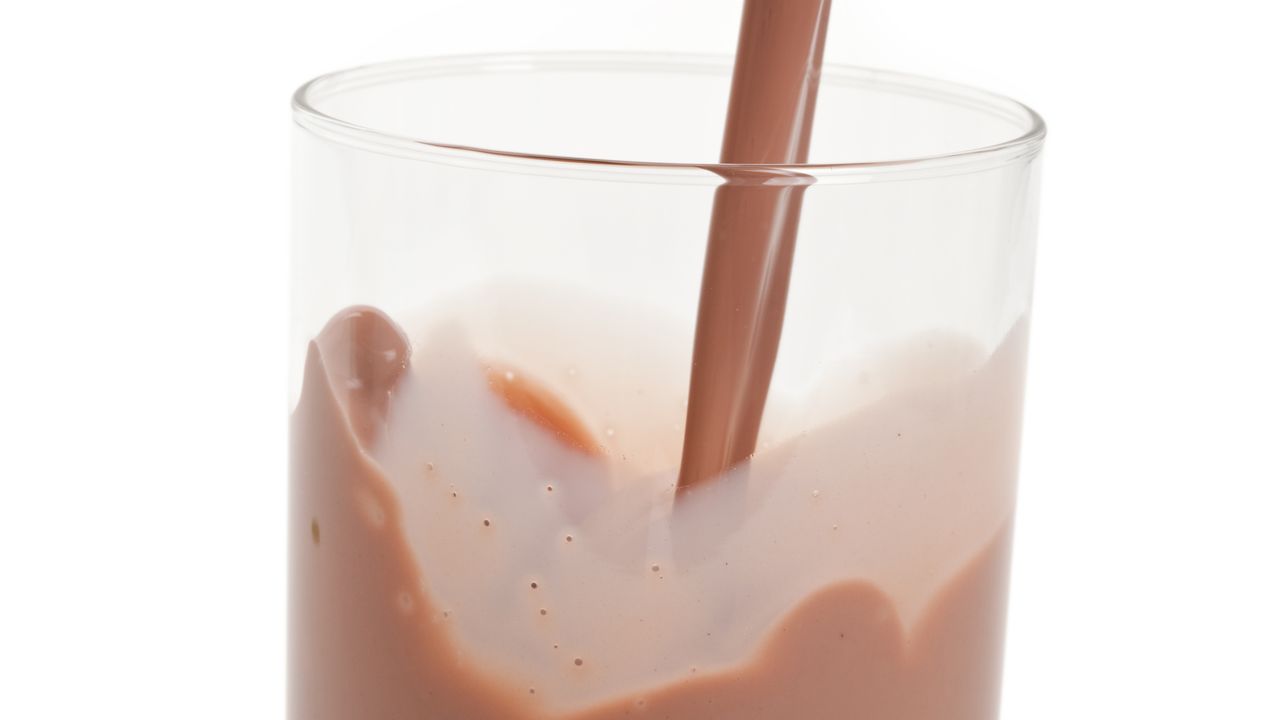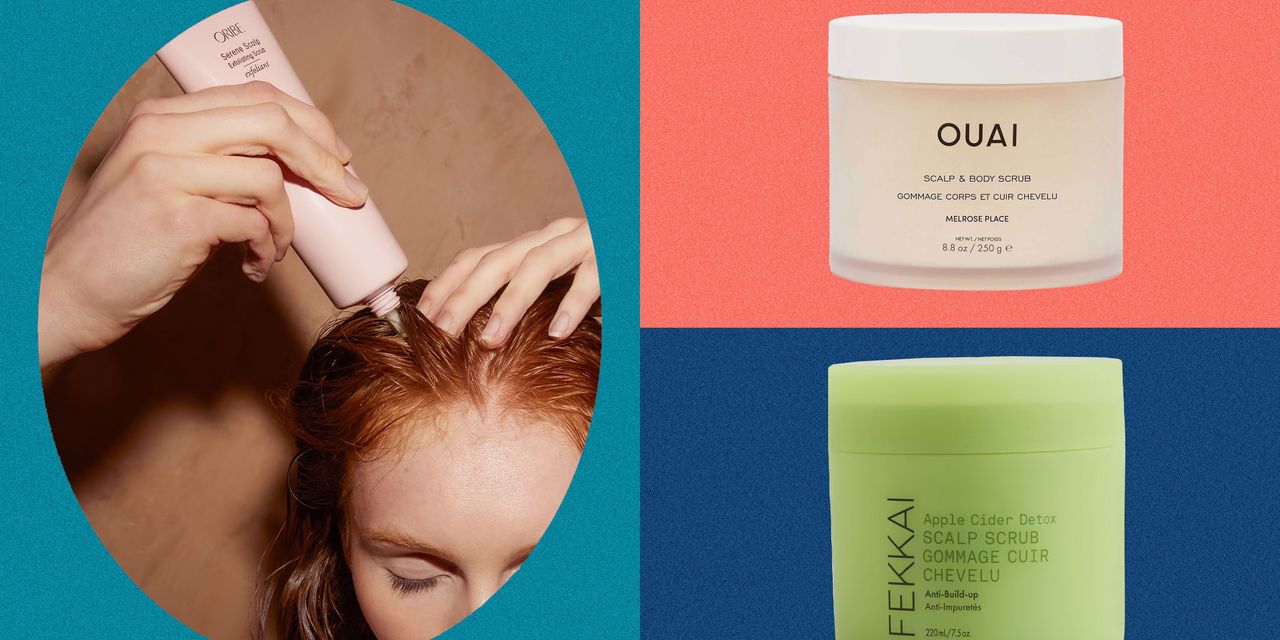Blog
Chocolate Milk or 100% Fruit Juice: Which Is Healthier?

- Low-fat chocolate milk and 100% fruit juice can both be healthy ways to hydrate.
- If you’re wondering which is better for you, dietitians pick low-fat chocolate milk.
- It provides high-quality protein, plus calcium, potassium and vitamin D.
Drinking plenty of water is one way to meet your hydration goals. But sometimes you want a beverage that can do more. Take low-fat chocolate milk or 100% fruit juice, for example. In addition to helping you stay hydrated, they provide nutrients and banish beverage boredom.
But which is better for you? To find out, we polled registered dietitians, and low-fat chocolate milk was the clear winner. Read on to learn why this delicious drink came out on top, plus dietitian-approved tips for choosing a healthy drink next time you’re feeling thirsty.
Why Low-Fat Chocolate Milk Is the Healthier Choice
It’s Loaded with High-Quality Protein
Even though low-fat chocolate milk contains added sugars, it still has an edge over 100% fruit juice. One big reason is its high-quality protein (nearly 9 grams per cup!). On the flip side, 100% fruit juice contains little to no protein.
Chocolate milk’s protein isn’t just great for building and maintaining muscle. It may also protect against some of the blood sugar-raising effects of chocolate milk’s sugars, says Anna Smith, M.S., RDN, LDN. “100% fruit juice is all carbs, which means it can spike your blood sugar quickly,” she explains. “Low-fat chocolate milk does contain added sugar, but it also offers protein and [a little] fat. That combination helps slow digestion and gives you a more balanced beverage overall.”
It’s Rich in Hard-to-Get Nutrients
Sipping 100% fruit juice can provide essential nutrients like vitamin C and potassium, but these can vary dramatically depending on the type of juice you choose. Even though some kinds of juice may give you a nutrition bump, they can’t compare to low-fat chocolate milk’s impressive list of nutrients. “Low-fat chocolate milk provides 13 essential nutrients, including calcium, vitamin D and potassium, while fruit juice typically offers fewer vitamins and minerals,” says Lauren Manaker, M.S., RDN, LDN. Considering that the Dietary Guidelines for Americans say most of us could use more calcium, vitamin D and potassium, low-fat chocolate milk is a slam dunk. An 8-ounce glass gives you all of these for 160 calories.
It’s Great for Hydration
Milk’s unique combination of nutrients means it may be better than fruit juice or even water for helping you stay hydrated. While there’s not much recent research on the topic, one older study found that skim and whole milk weren’t just more effective for hydration than orange juice. They also beat out oral rehydration solutions and water. And other research has found that chocolate milk is as effective as sports drinks for post-exercise recovery.
What makes low-fat chocolate milk such a win? “Milk doesn’t just replace the fluids you lose, it also contains electrolytes like sodium and potassium, which help your body hold onto that hydration longer,” says Manaker. “Plus, the natural sugars, protein and fat in milk slow down how quickly it leaves your stomach, giving your body more time to absorb the fluids.” While 100% fruit juice checks some of the boxes for hydration, it lacks the protein and sodium that make low-fat chocolate milk a better pick.
That said, we’re not suggesting you should drink an entire jug of chocolate milk to meet your fluid needs. But an 8-ounce glass can be a delicious way to hydrate.
Tips to Select a Healthier Drink
Low-fat chocolate milk and 100% fruit juice aren’t the only nutritious beverages out there. When you want a healthy drink, these dietitian-approved tips can help.
- Keep it simple: Navigating the beverage aisle can be overwhelming. That’s why Manaker recommends keeping things simple. “When in doubt, stick to water or unsweetened drinks,” she says. “If you want a little flavor, add a splash of lemon or cucumber to keep it refreshing without the extra sugar.”
- Read the label: Even healthy-sounding beverages can be sneaky sources of added sugars. Don’t assume a drink is healthy because of its flashy packaging or social media buzz, says Anna Smith, M.S., RDN, LDN. “Be sure to look at both the Nutrition Facts label and the ingredients,” she says.
- Choose low-sugar or sugar-free: “If you’re cutting back on sugar, try no-sugar-added or ‘zero’ options to satisfy your cravings without the added calories,” says Daria Zajac, RD, LDN.
- Look for added benefits: “Choose drinks that do more for you,” says Manaker. “Instead of reaching for sugary sodas or fruit drinks, go for options that pack in nutrients, like dairy milk.” Unsweetened tea is another antioxidant-rich beverage that offers health benefits beyond hydration.
Healthy Hydration Recipes to Try
Our Expert Take
Low-fat chocolate milk and 100% fruit juice can both be healthy ways to quench your thirst. However, if you have to pick between the two, choose low-fat chocolate milk. Dietitians say it beats out 100% fruit juice on several fronts. First, it’s loaded with high-quality protein. And you might be surprised to learn that it has more nutrients we don’t get enough of, like vitamin D, calcium and potassium, than fruit juice. If that weren’t enough to convince you, low-fat chocolate milk is one of the best drinks you can choose for hydration. That said, both low-fat chocolate milk and 100% fruit juice provide extra calories and sugar. So, for healthy hydration, stick with about a cup a day.












